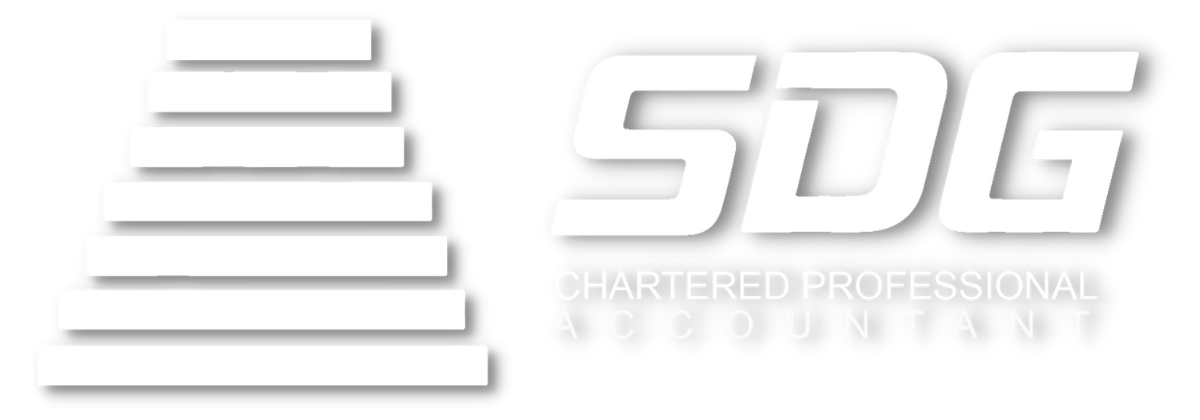
What is RRSP and what are the Benefits?
An RRSP account is a retirement savings plan that you can establish with qualified institutions such as banks, credit unions, trusts or insurance company that are registered with the Canada Revenue Agency (CRA). You can hold ANY KINDS of investments with your RRSP vehicle such as cash, stocks, bonds, mutual funds and ETFs.
Just like other tax saving account, RRSP is another great choice for every taxpayer as an investment vehicle. Initially, the government wants to create RRSP by offering tax deferral benefit in order to encourage young people to save and invest for retirement. Most importantly, you don’t have to wait until retirement to make withdraws.
What is Tax Deferral Advantage?
Through RRSP investment vehicle, all the contributions are made with pre-tax income. This means you don’t pay income tax with the money you invest through RRSP vehicle in the year you contribute. However, you will pay taxes on the income when you withdraw, which essentially increase the base for your investment which will grow more rapidly.
Here is an example, suppose a person has $3,000 monthly disposable income for a fixed 4% annual rate investment, the following chart is the comparison between using pre-tax income for investment through RRSP(“A”) versus common method for investment (“B”) in 25 years.
| A (with RRSP) | B (without RRSP) | |
| Annual Investible Income before paying Income tax | $ 3,000 | $ 3,000 |
| Income Tax (20.5%) | * 0 | $ 615 |
| Annual Investible income | $ 3,000 | $ 2,385 |
| Investment Value (4% annual return rate) | $ 3,120 | $ 2,480 |
| Investment Value in 25 years (2% interest rate) | $ 129,935 | $ 103,299 |
* You don’t pay income tax with the money you contribute to RRSP
How to Withdraw from Your RRSP Account and Tax Implications
Typically people start taking withdraws from their RRSP account after retirement. You can choose to take out a lump sum to purchase an investment or withdrawing a more stable amount annually to cover your living expense.
However, you don’t have to wait until retirement to start withdrawing, there are two other methods you can start to withdraw earlier.
-
Lifelong Learning Plan
With Lifelong Learning Plan, you can withdraw up to $10,000 a year to a maximum of $20,000 to fund any post-secondary education on a tax-free basis (which means with this option you don’t have to pay any income tax on your RRSP withdraws). This option can leverage the tax-deferral advantage with your previous RRSP investment at an earlier stage of your life. This also means you don’t have to take student loans or any debt to pursue your education goals such as the MBA degree, Law Schools, Medical Schools or planning going back school for retraining.
The best thing for the Lifelong Learning Plan is you are not limited to spend your withdraws on tuition expense. As long as your qualified, you can make the withdraw on the tax-free basis and spend on whatever you like.
In order to be eligible to access this program,
-
Must be a Canadian Residence and younger than age 71
-
Must have an offer or registered as a full-time student at a qualified education program. (Very few schools are not qualified)
-
Disabled students are allowed to access their Lifelong Learning Plan as part-time students
However, to take advantage of this tax-free program, you do have to repay the money to your own RRSP account. Generally, you have to start making repayment from the second year you are not a qualified full-time student or the fifth year you made your first withdraw. You must pay a minimum of 1/10 per year until your Lifelong Learning Plan has been brought down to zero.
-
First Time Homebuyer’s Plan
With the first time homebuyer’s plan, you can withdraw up to $25,000 from your RRSP account as down payment for your first home.
In order to be eligible to access this program,
-
Funds in your RRSP account for more than 90 days
-
Move into the house within 12 months after your withdraw
However, same as the Lifelong Learning Program, to take advantage of this tax-free program, you do have to repay the money to your own RRSP account. You must repay the amount back to your RRSP account within 15 years.
Contribution Limit
The tax deferral advantage for RRSP is remarkable, however, there is an amount limit for total contribution as well as annual contribution.
Total contribution Limit = Current year contribution Limit + Contribution limit carry forward from previous year
Generally speaking, your RRSP contribution limit for 2017 = 18% of earned income stated on T4 on the previous year (with the maximum value of $26,010) – Pension Adjustment from T4 reported to CRA.
Maximum contribution limit can be varied yearly, over contribution will trigger penalty tax along with interest charges. Therefore, we strongly recommend you consult with your accountant or financial advisor before adopting to RRSP investment vehicle.
This site provides general information on various tax issues and other matters. The information is not intended to constitute professional advice and may not be appropriate for a specific individual or fact situation. It is written by the author solely in their personal capacity and cannot be attributed to the accounting firm with which they are affiliated. It is not intended to constitute professional advice, and neither the author nor the firm with which the author is associated shall accept any liability in respect of any reliance on the information contained herein. Readers should always consult with their professional advisors in respect of their particular situation.
Andrew Chen
Sept 15, 2017

